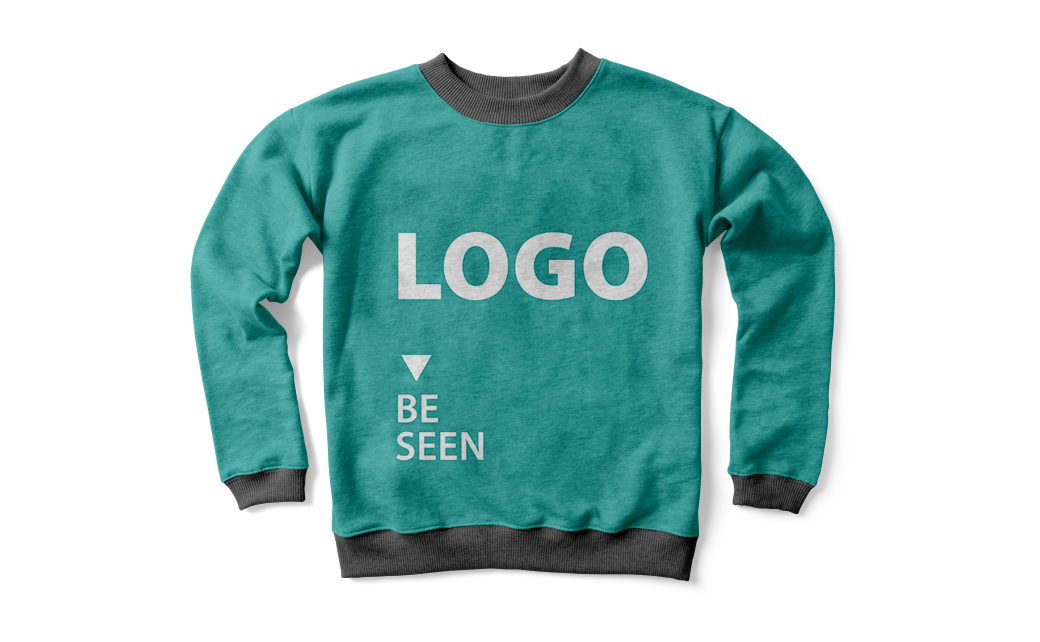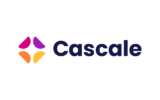5 Creative Ways to Incorporate Logo Designs Into Custom Apparel
Custom apparel is a great way to showcase one’s uniqueness, preferences, and identity, which is one of the reasons people love to wear branded items. Wearing a brand transcends the limits of fashion – it’s an endorsement, a statement of affiliation, and any company owner’s dream.
But seeing the logo you designed is also a matter of personal pride for the designer. If people like to wear the clothes you helped design, it shows you know how to tell an emotion-filled story using visuals.
Still, designing a logo and then incorporating it into custom apparel is not an easy feat. In fact, it takes more than knowing how to craft a visual story. When it comes to apparel, everything matters, from the type of fabric to the positioning and texture of the logo.
So, let’s have a look at how to make sure your logo looks good on different types of clothing and makes people want to wear it.
1. Location Matters
Companies want to make sure their logo is visible and memorable, so you’ll most likely be asked to plant your design front and centre. But, if you want to be sneaky about it and make things interesting, we recommend other locations.
The left chest area is a great spot because it suggests intimacy with the brand (since it’s close to the wearer’s heart). The nape and yoke areas are also great for subtle designs since this is where people’s eyes fall while chatting with the wearer.
Additionally, the back and sleeves are great for bold, intricate designs since these are the most tattooed areas of the skin. So, if the wearer likes tattoos, an intricate design may help create a special connection.
Lastly, if you want to be playful, try placing your logo design on the hem.
Extra tip: If you are a custom T-shirt maker, you have more freedom than if you were working with a specific brand’s logo. In this case, why not play with the logo integration and hide it in plain sight? Stretch your design over the entire surface of the garment and make it a journey of discovery.
2. The Message Woven Within
Before creating the logo design and thinking about placement, reflect on the message it should convey. Is it one of resilience, ingenuity, or perhaps unbridled joy? The vibe and values enclosed in this icon must be clear and resonate with its bearer.
Visual image concepts will help you create a compelling logo, but the message behind it will help you understand which concepts to use. The same is true about the colours that work best with the design.
Should you place the logo on a white T-shirt or does it work best on a red hoodie? Are multi-coloured fabrics a better option?
For instance, if the logo is to go on caps for a team-building retreat, you can choose colours that fit the theme of the venue. On the other hand, if it’s to be integrated into shirts designed for day-to-day wear, black or white may be the best option to keep them versatile and easy to integrate into various outfits.
3. Playfulness and Logo Design
Injecting fun into your logo’s placement disrupts the norm and grabs attention. So, why not tweak the mundane?
Be whimsical with a peek-a-boo logo on a shirt’s underside or hiding within a pattern. Flip logos, stack them, make them interact with shirt elements — let your creativity go wild and have fun with it.
Think outside the box and think about how your design might invite conversation. How might your logo dally with pockets or button lines? Consider snap-on patches that change position at the wearer’s whim. Observe children’s wear and street fashion, where play is part of the narrative.
4. The Bold and the Beautiful: Embrace Oversized Logos
Even though oversized logos are no longer the trend, you can still use the design to make a bold statement. Nowadays, oversized logos teeter on the edge of audacity, because they are impossible to ignore.
This design fits unconventional brands and people who like to disrupt trends. Still, the size of the logo must be handled with finesse as it shouldn’t overwhelm but rather empower the piece.
To effectively employ oversized logos, you need tools that support upscaling without compromising quality. Besides choosing the right graphic tools (vector graphics software is the go-to), you also have to think about fabric choices. Larger logos demand materials that won’t buckle under the weight of the design.
Think about the context as well. How does an enlarged logo play on a form-fitting tee versus a baggy sweatshirt? Tailor the dimensions of the logo to complement the style of the garment.
5. Consider the Printing Methods
Fabric is a difficult medium for printing as its texture, content, and design can affect the finish and feel of the product. This is why you have to take into consideration the printing method when placing and designing the logo.
For instance, screen printing is great for vibrant, high-contrast logos that beg to stand out. If you want a more subtle result, direct-to-garment (DTG) printing allows for intricate detail with a softer hand. Then there’s embroidery for textured, durable designs or heat transfer vinyl for glossy, modernist edges.
The perfect logo designed for printing on custom apparel must follow the requirements of the fabric and the printing method. Detail may need simplification for screen meshes while DTG’s nuanced capabilities let you create more intricate designs. Also, fabrics respond differently to inks and heat – tri-blends might fade differently than pure cotton, altering perception.
Wrap Up
At the end of the day, the best way to create and incorporate a logo into custom apparel is to have fun with it. Take the information about location, printing methods, and types of clothing and create a design that fits the brand’s messaging but it’s also playful and easy to connect with. This way, it won’t be long before you see people on the street wearing the clothes you helped customise.








